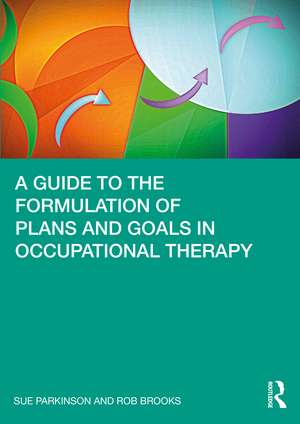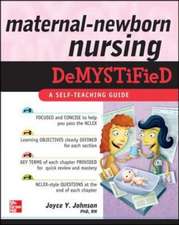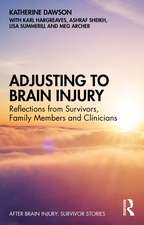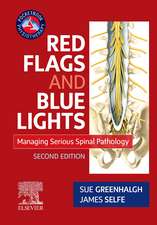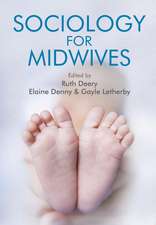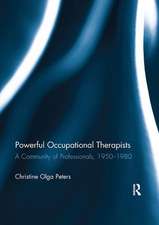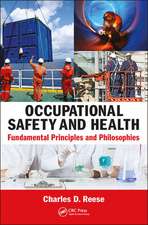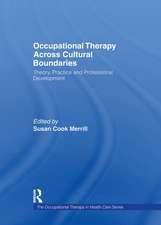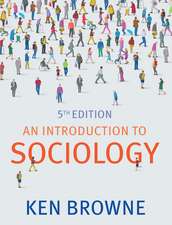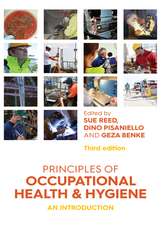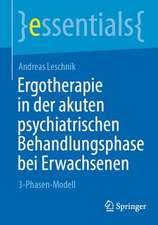A Guide to the Formulation of Plans and Goals in Occupational Therapy
Autor Sue Parkinson, Rob Brooksen Limba Engleză Paperback – 30 noi 2020
| Toate formatele și edițiile | Preț | Express |
|---|---|---|
| Paperback (1) | 245.73 lei 3-5 săpt. | +21.54 lei 4-10 zile |
| Taylor & Francis – 30 noi 2020 | 245.73 lei 3-5 săpt. | +21.54 lei 4-10 zile |
| Hardback (1) | 1154.29 lei 6-8 săpt. | |
| Taylor & Francis – 30 noi 2020 | 1154.29 lei 6-8 săpt. |
Preț: 245.73 lei
Preț vechi: 258.67 lei
-5% Nou
47.04€ • 51.11$ • 39.54£
Carte disponibilă
Livrare economică 01-15 aprilie
Livrare express 15-21 martie pentru 31.53 lei
Specificații
ISBN-10: 0367494701
Pagini: 242
Ilustrații: 53 Tables, black and white; 17 Line drawings, black and white; 17 Illustrations, black and white
Dimensiuni: 174 x 246 x 17 mm
Greutate: 0.45 kg
Ediția:1
Editura: Taylor & Francis
Colecția Routledge
Locul publicării:Oxford, United Kingdom
Public țintă
Postgraduate, Professional, Professional Practice & Development, and Undergraduate AdvancedCuprins
Notă biografică
Rob Brooks is the Course Director for Occupational Therapy at Leeds Beckett University. His clinical practice, teaching, and research have focused on enabling occupational participation for children, young people, and their families.
Recenzii
Descriere
This practical guide for occupational therapists introduces a tried and tested method for moving from assessment to intervention, by formulating plans and measurable goals using the influential Model of Human occupation (MOHO).
Section 1 introduces the concept of formulation - where it comes from, what it involves, why it is important, and how assessment information can be guided by theoretical frameworks and organised into a flowing narrative. Section 2 provides specific instructions for constructing occupational formulations using the Model of Human Occupation. In addition, a radically new way for creating aspirational goals is introduced - based on a simple acronym - which will enable occupational therapists to measure sustained changes rather than single actions. Section 3 presents 20 example occupational formulations and goals, from a wide range of mental health, physical health and learning disability settings, as well as a prison service, and services for homeless people and asylum seekers.
Designed for practising occupational therapists and occupational students, this is an essential introduction for all those who are looking for an effective way to formulate plans and goals based on the Model of Human Occupation.
